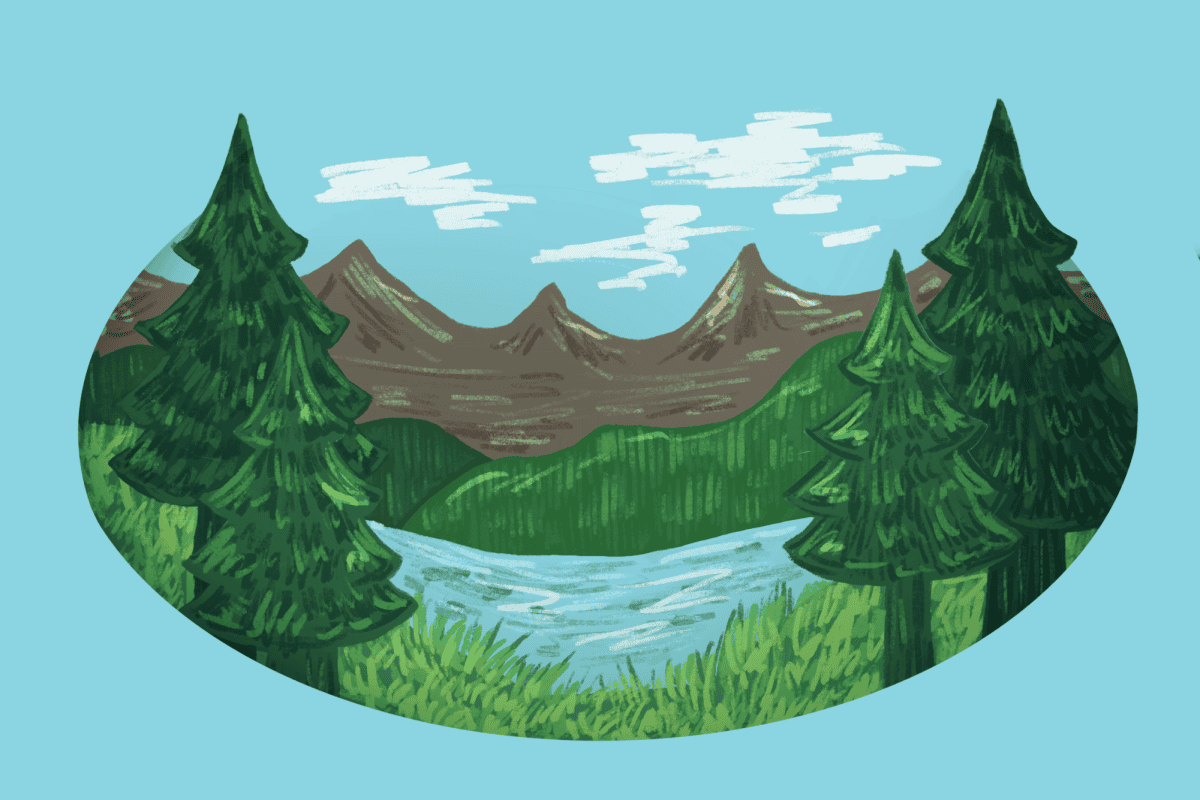Yesterday’s debate between Ken Ham, creationist, advocate and founder of the Creationist Museum, and Bill Nye the Science Guy posited the question, “Is creationism a viable model of origins in today’s scientific era?” This is a controversial question in these United States because of our vast religious population. The impetus of this debate began with a YouTube video where Bill Nye claimed that teaching creationism in schools’ science classes is a toxic thing that will stifle scientific inquiry. Ken Ham made a video to counter that point, and they decided to share a stage and talk it out.
Ken Ham tried to establish his opposing viewpoint in two ways, arbitrarily splitting science into two categories (one that is knowable and one that is not: observational and historical, respectively) and citing support from a handful of successful scientists (with the inventor of the MRI as the centerpiece). By declaring the discussion of origins to be within the realm of historical science, Ken claimed that no conclusion can be made about the past using evidence we can observe today. As a result, we have only one option: to trust in the literal description of creation as detailed in Genesis, which includes a young Earth (roughly 6,000 years old), global flood, the Tower of Babel to account for multiple languages and cultures of the society, no death before original sin, humans living side-by-side with prehistoric dinosaurs, orchard-like “kind” evolution of species, etc.
He claimed that the results of such a belief have been proven by observational science and cited the work and support of a few scientists that identify as creationists.
Bill Nye, surprisingly, was on the offensive from the get-go (besides from a friendly “I learned something,” following Ken’s presentation). Instead of trying to support the merits of the currently taught models of origins, he poked holes in creationism’s logic, a fair move considering the topic asks if it is viable. An onslaught of well-established and accepted points were served to cripple the creationist’s argument, including: the existence of stars that are millions of light-years away (proving that they existed millions of years ago to emit this light), ice cores that show hundreds of thousands of layers that suggests many summer and winter cycles occurred, nuclear decay measurements that show rocks to be billions of years old, the universal background noise that supports the Big Bang theory and a 13 billion year old universe, lack of kangaroos outside of Australia, lack of a fossil record of co-existence of prehistoric species, the ridiculous necessity of 40 new species a day that must be created to meet the requirement of the current number of species from the amount of time since Noah’s flood, etc.
He shot down the distinction between observable and historical science as one not made in “mainstream” academic settings (who would just call it science).
From there, there was a fair amount of back and forth. To Ken’s credit, he showed some creationists are able to succeed in science, but Bill countered by calling them the exception. They are also excluded from of the billions of religious people out there that do not take the Bible to be literal, believe in a higher power while still supporting the findings of the scientific community or actually taking part as scientists.
You can watch the two-hour-and-45-minute debate yourself while coming to your own conclusions, but the ideas that each debater kept going back to made it easy for me:
“Let’s keep looking, let’s keep searching.” – Bill Nye
“There’s a book about that, and it already has the answers.” – Ken Ham
Which is more suited for a science class?
Nicholas De Leon is a Ph.D. candidate in metallurgical and materials engineering.





